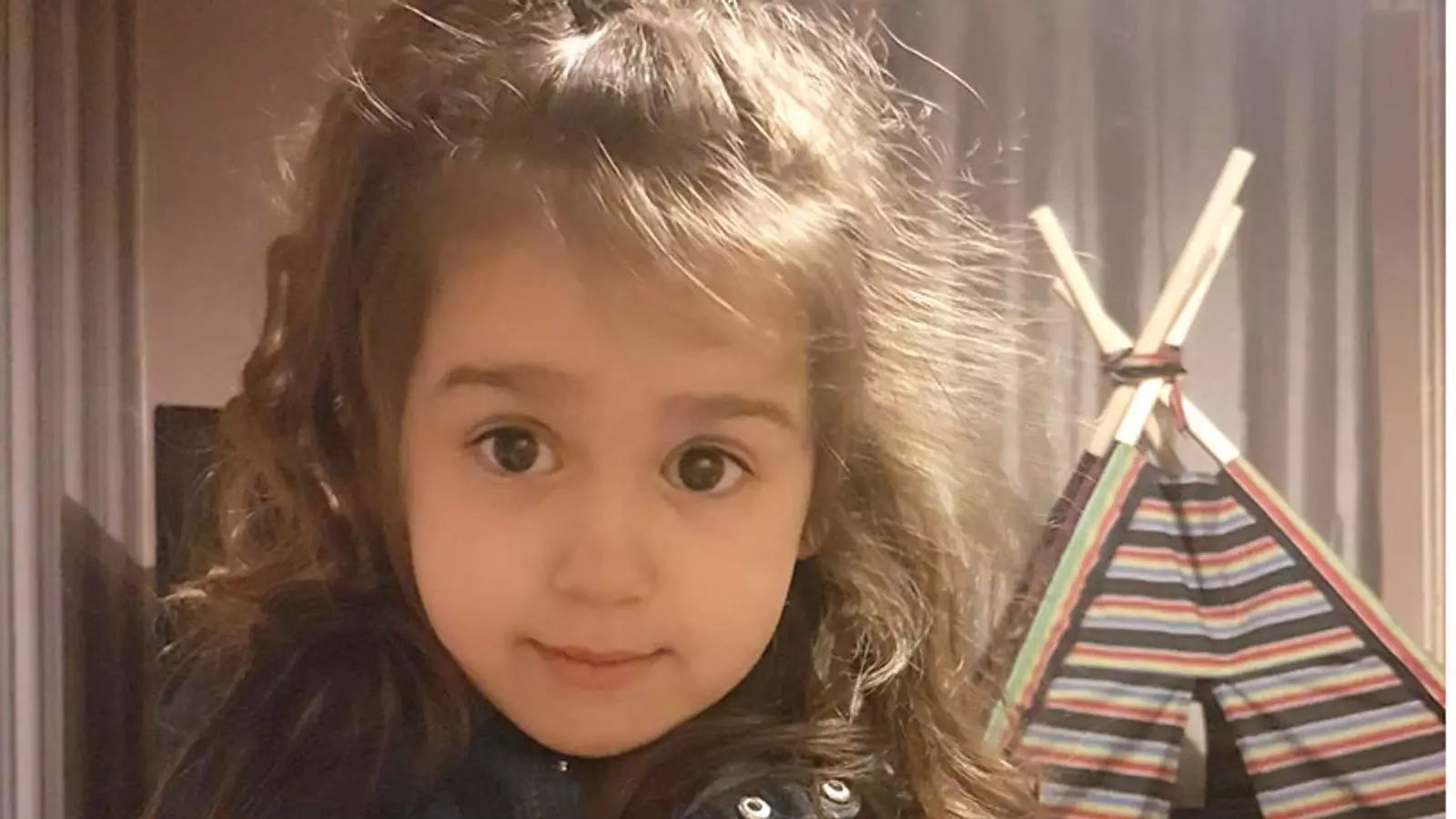The heartbreaking case of Sara Sharif, a 10-year-old girl who suffered unimaginable abuse before her tragic death, has sparked significant debate surrounding transparency and accountability in family court proceedings. This week, the Court of Appeal made a pivotal decision that could alter the landscape of how judges and officials involved in sensitive cases are treated in the public eye. This article delves into the implications of this ruling while shedding light on the events leading to Sara’s catastrophic situation.
In a noteworthy turn of events, the Court of Appeal has mandated the identification of three judges who presided over the family court hearings related to Sara Sharif. This decision comes after a contentious ruling by Mr. Justice Williams, who had previously sought to anonymize these judicial figures due to fears of retribution and public outrage—a fear he articulated as a “real risk” of harm from a “virtual lynch mob.” Despite Mr. Williams’s intentions to protect the judges, his efforts were deemed overreaching by Sir Geoffrey Vos, who emphasized that he overstepped by attempting to anonymize judges involved in such significant historical cases.
Critically, Sir Geoffrey Vos articulated the importance of finding appropriate methods to ensure the safety of judges without compromising the principle of transparency in the judicial process. He pointedly noted that judges encountering high-pressure cases must be safeguarded by the authorities responsible, rather than resorting to anonymization as the first line of defense. This ruling underlines the delicate balance that must be maintained between protecting judicial officials and maintaining public trust through accountability.
The narrative surrounding Sara Sharif’s life is tragic and complex. Family involvement with child protective services stretches back to 2010, long before Sara was born. The Surrey County Council had received concerning referrals regarding neglect involving Sara’s older siblings, indicating longstanding issues within the family. By 2013, the council initiated care proceedings concerning her siblings, which were often marred by untested allegations of abuse. It wasn’t until 2019 that Sara was placed in her father’s care, a decision that would eventually lead to her horrifying fate.
The revelations surrounding Sara’s case shed light on a broader issue regarding the effectiveness of child protection measures. Questions linger about the decisions made throughout the years leading to her death. Was the system robust enough to prevent such an outcome? This ongoing debate casts a shadow over those who presided over the family court and emphasizes the necessity for families involved in the system to be scrutinized and officially held accountable.
In the aftermath of the harrowing conclusion of Sara’s story, it is imperative to consider the implications of judicial accountability not just for the sake of transparency, but to ensure that families and children at risk receive the protection they deserve. The court’s recent ruling serves as a catalyst, encouraging a reevaluation of how family courts operate and the roles various judicial figures play in critical decision-making processes.
The public outcry over Sara’s death reflects a yearning for accountability, not only for those directly responsible for her horrific treatment—namely her father and stepmother, who were sentenced to life imprisonment—but also for the broader system that allowed such abuses to occur unchecked for so long. As journalists involved in challenging the ruling have expressed, transparency in family courts is a vital step toward reform. Without public access to these cases, the potential for future tragedies looms ominously.
While the legal discourse surrounding the Sharif case continues, this poignant journey brings forth larger questions about the mechanisms in place to protect endangered children and ensure judicial accountability in family courts. The recent Court of Appeal ruling emphasizes an essential truth: maintaining public trust necessitates transparency, especially in cases entwined with serious allegations of abuse.
As society grapples with the fallout from Sara’s tragic circumstances, there lies an opportunity to advocate for systemic change. The hope remains that the systemic shortcomings revealed through this tragic lens can lead to enhanced protections for vulnerable children and greater accountability among those who are tasked with their care. The case of Sara Sharif is not merely a cautionary tale; it is a clarion call for vigilance and reform in the realm of family law and child welfare.

